How to Fix an Email That Won’t Send in Outlook?
Outlook is a very popular email service, but it does have its fair share of internal issues as well. One of those issues occurs when you hit the send button, but the email gets stuck and doesn’t send. If you check your Outbox folder, you’ll find the email still there instead of in the ‘Sent’ folder.

This can obviously be very inconvenient, especially if you need to send important emails urgently. Using a different email service is one option, but it can be problematic for those whose work email is already associated with Outlook.
Before we dive into the solutions, it’s important to understand why emails might get stuck in the Outbox in the first place. Several reasons can contribute to this frustrating scenario:
- Large Attachments: Sending emails with large files attached can significantly slow down or halt the sending process, as most email providers set limits on the size of attachments.
- Account Settings: Incorrect account settings, such as a recently changed password not updated in Outlook, or improper account authentication with the mail server can cause emails to remain unsent.
- Add-In Conflicts: Sometimes, installed add-ins can interfere with email sending. This is more common with antispam and antivirus software add-ins that scan outgoing emails.
- Server Issues: Problems with the Outlook server or mail server, if offline or malfunctioning, can prevent emails from being sent.
- Password Changes: If you’ve changed your email account password but haven’t updated it in Outlook, your messages might not send. It’s essential to synchronize any updated account passwords in Outlook’s settings.
- Authentication Issues: Make sure your email account is authenticated properly. Outlook has to communicate with the email server to send messages successfully, and misconfiguration can disrupt this connection.
Now that you’re aware of the common causes, we can proceed with methods that address these issues and others, providing a comprehensive approach to resolving the email-sending problem.”
That being said, below are all the solutions, complete with steps, that will resolve this issue and enable you to send emails without any hassle.
1. Make Sure the Servers are Online
If your mail server is currently offline, your email will remain in the Outbox folder until the problem is resolved. Ensure that the ‘Work Offline’ feature in Outlook is disabled.
- Open Outlook and look at the lower-right corner of the Outlook window.
- Make sure it says “Connected” or “Connected to Microsoft Exchange”.
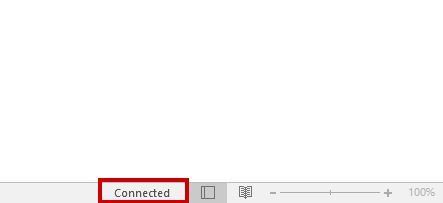
- If it displays “Working Offline”, navigate to the Send/Receive tab.
- Click on the “Work Offline” button (if it is not highlighted) and check if the status changes to Connected at the bottom right.

- Should it show “Disconnected/Trying to connect”, confirm that your internet connection is functioning properly.
- Once connected, resend the email if it hasn’t sent automatically.
2. Resend the Email Message
Before trying the more technical solutions, attempt to resend the email to see if it successfully exits the Outbox folder.
- Open Outlook and navigate to the Outbox folder.
- Move the unsent email to another folder, such as Drafts. If moving to the Draft folder under your email account isn’t possible, move it to the Drafts folder under the Outlook Data File.
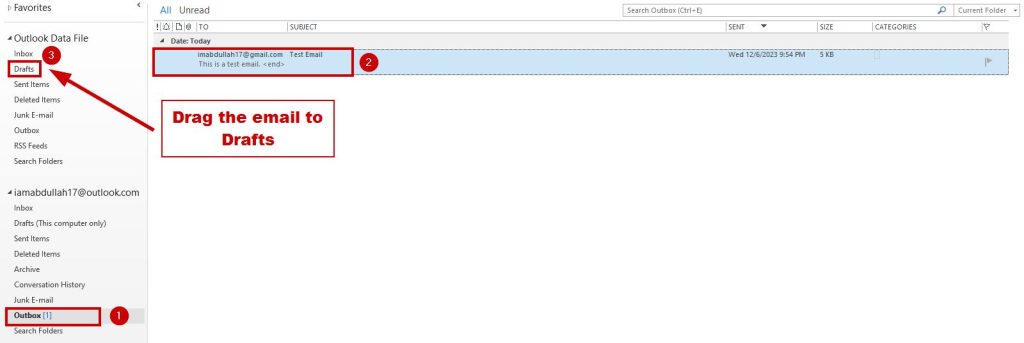
- Now access the email in the Drafts folder and click Send.
3. Avoid Large Attachments
Outlook has a size limit of 20 MB for attachments. If your attachment exceeds this limit, the email will not send. To send larger files, consider using download links.
4. Check Antivirus Scans on Outgoing Emails
Many antivirus programs scan emails routinely. If they detect a virus in an outgoing email, the software might prevent it from leaving the Outbox until the issue is resolved.
Antispam plugins from antivirus software may sometimes interfere with Outlook add-ins, potentially causing emails to remain stuck in the Outbox. Plugins from Norton and AVG are known to cause issues, along with others.
If you suspect a conflict due to an antispam plugin, disable email scanning in your antivirus software.
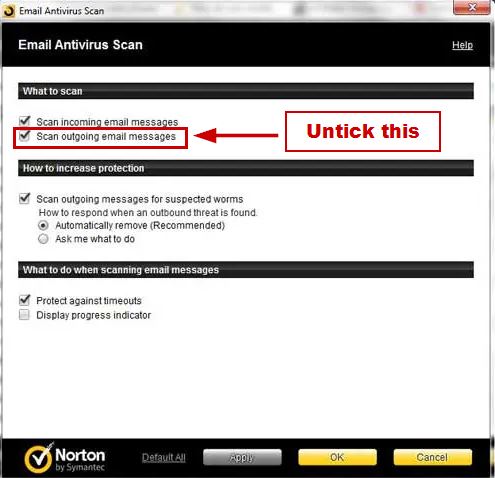
5. Repair Your Outlook Program
Internal glitches in your Outlook program can cause lag and prevent the sending of emails. If so, repair the program.
- Completely exit Outlook and click on the Start button (lower-left corner).
- Search for and select “Apps & Features”.
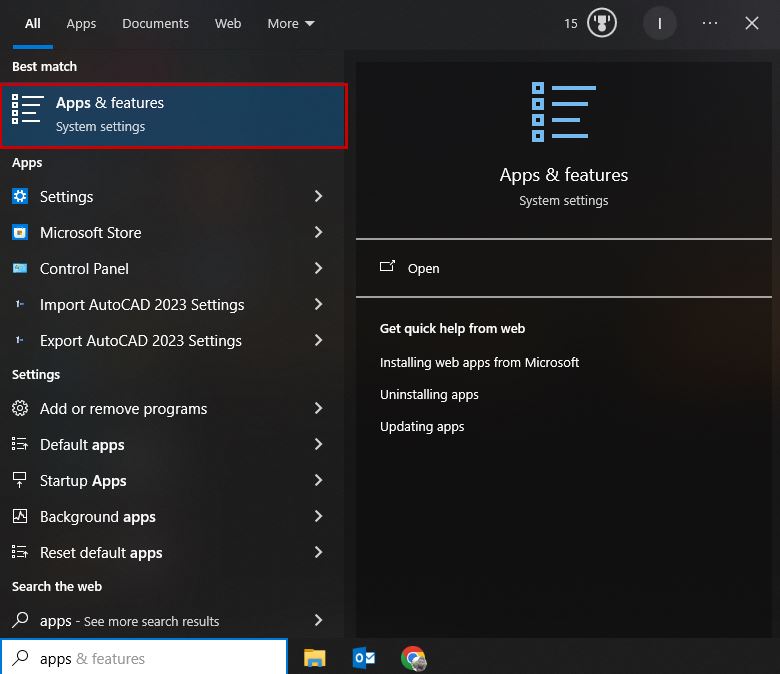
- Scroll down or search for Office. If Outlook was downloaded separately, search for it specifically.
- Select Microsoft Office and then choose Modify.
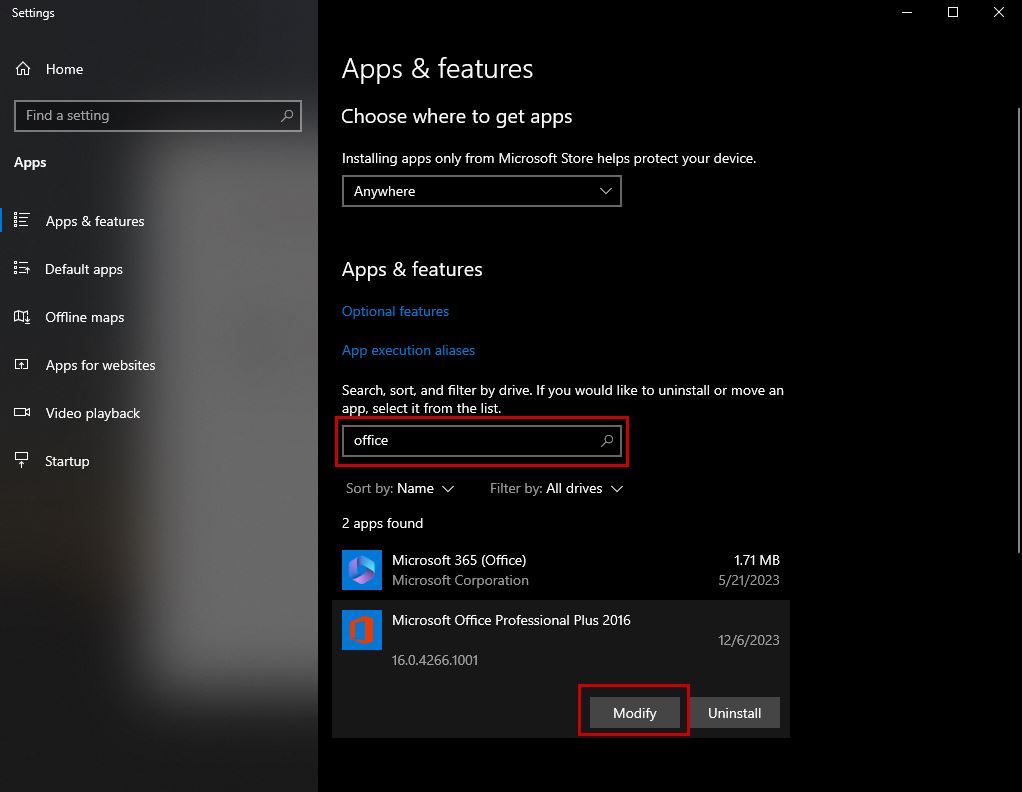
- Choose Repair and click Continue. Follow the subsequent instructions to initiate the repair process.
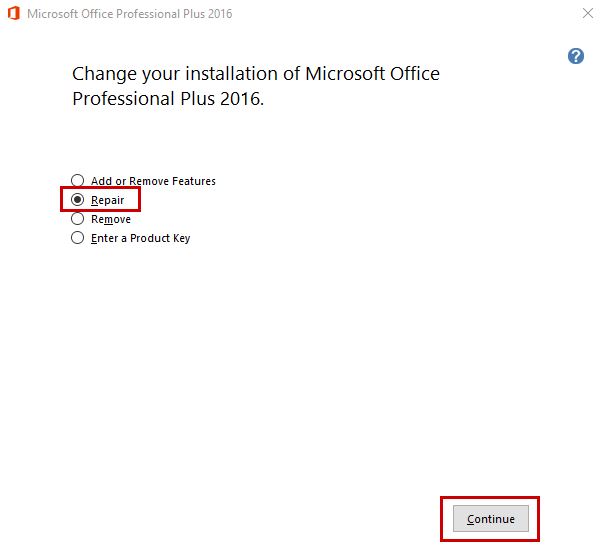
- Wait for the process to complete and restart your computer.
- Open Outlook again and try resending the email.
6. Repair Your Outlook Profile
In Outlook, a profile contains a set of settings that dictate how the program operates. This includes account information, auto-complete data, and personal settings. If emails never leave your Outbox, repairing your Outlook profile might help.
- Go to File > Account Settings > Account Settings.
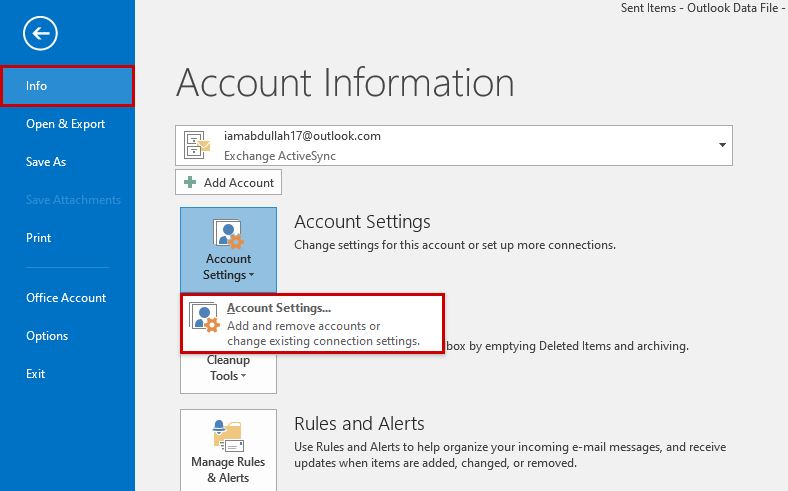
Note: In Outlook 2007, go to Tools > Account Settings.
- Select the Email tab, click on your profile, and choose Repair.

- Follow the prompts to complete the repair wizard, and restart Outlook afterward.
7. Send an Email in Safe Mode
Outlook add-ins can malfunction, which might prevent emails from exiting the Outbox. To disable all add-ins quickly, launch Outlook in Safe Mode. If emails send normally in Safe Mode, one of the add-ins is likely the cause of the issue in normal mode.
- Ensure Outlook is completely closed.
- Open the Run dialog box by pressing Win + R, type outlook /safe, and press Enter.
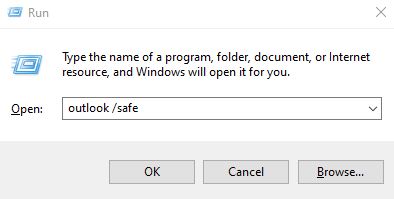
- If Outlook starts in Safe Mode, click on the File tab and proceed to Options.

- In the Add-ins tab, use the drop-down menu next to Manage (at the bottom of the screen) and select COM Add-ins. Click Go.
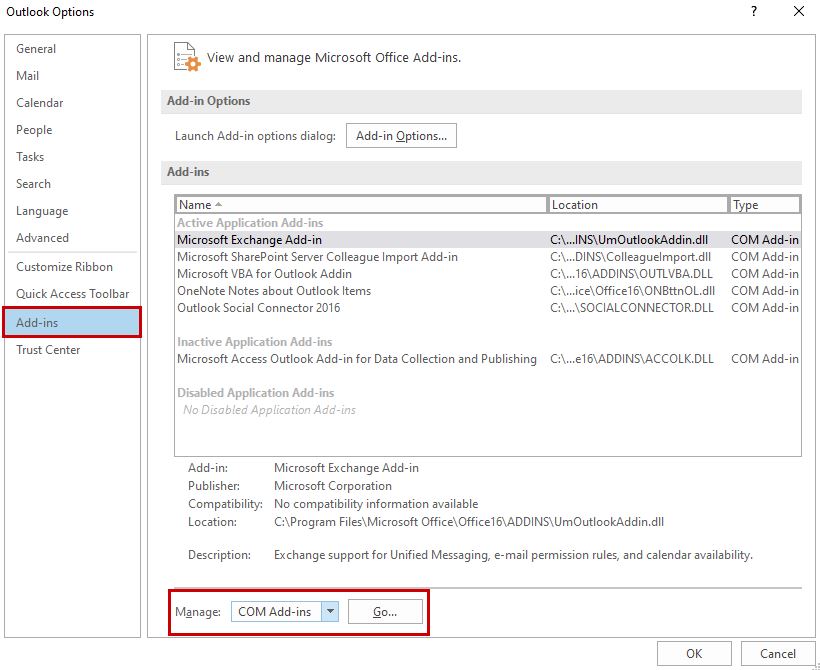
- Take a screenshot of the add-in list for reference, so you’ll know how to restore the original configuration later.
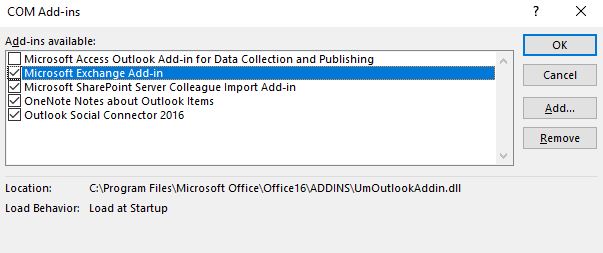
- Uncheck each add-in and click OK.
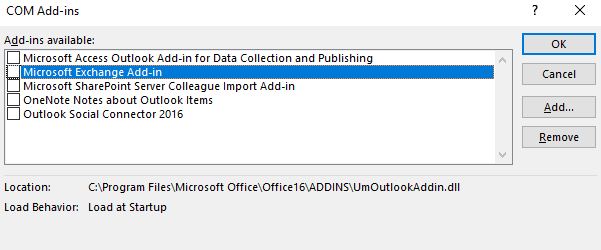
- Restart Outlook so it opens in normal mode.
- Try sending an email once more to check if it leaves the Outbox. If it does, you can start re-enabling the add-ins one by one to identify the problematic one. Keep that add-in disabled to continue using Outlook effectively.
Note: Additionally, creating a new Outlook profile might resolve the issue and allow normal email sending.
8. Run the Inbox Repair Tool
Outlook stores your messages and other data in a Personal Folders File (PST file). Should this file become corrupted, it can affect Outlook’s functions, including sending emails. Microsoft provides an Inbox Repair Tool to repair PST files.
- Exit Outlook and navigate to C:\Program Files or C:\Program Files (x86) / (x64).
- Use the search box to locate SCANPST.exe.

Note: If SCANPST is not found via search, navigate to one of these locations based on your Outlook version:
Outlook 2016: C:\Program Files (x86) or (x64)\Microsoft Office\root\Office16 Outlook 2013: C:\Program Files (x86) or (x64)\Microsoft Office\Office15 Outlook 2010: C:\Program Files (x86) or (x64)\Microsoft Office\Office14 Outlook 2007: C:\Program Files (x86) or (x64)\Microsoft Office\Office12
- Run SCANPST.exe, click Browse, and locate your PST file in Documents\Outlook Files.
- Click Start to scan the PST file for issues.
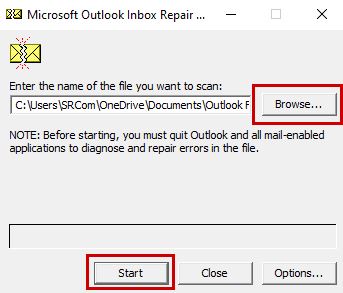
- If errors are detected, click the Repair button to fix them.
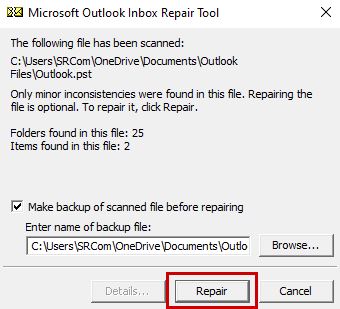
- Reopen Outlook and see if your emails now leave the Outbox.
If you’re still experiencing difficulties with sending emails in Outlook, consider contacting Outlook support for further assistance. They may suggest additional solutions to resolve the problem.